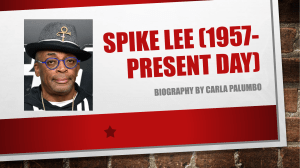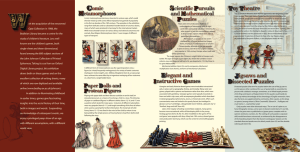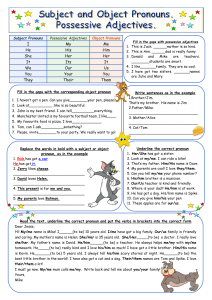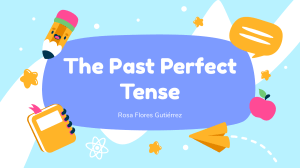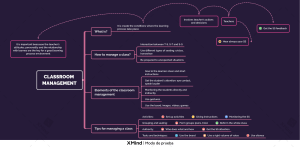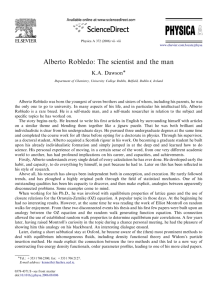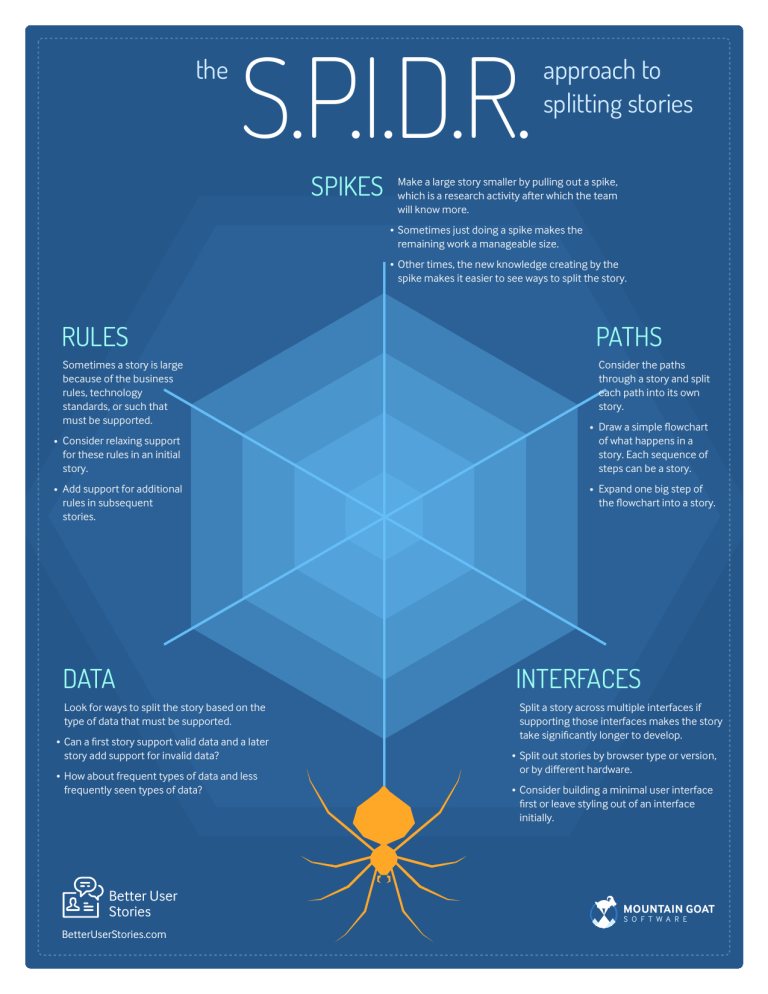
the S.P.I.D.R. SPIKES Make a large story smaller by pulling out a spike, which is a research activity after which the team will know more. • Sometimes just doing a spike makes the remaining work a manageable size. • Other times, the new knowledge creating by the spike makes it easier to see ways to split the story. RULES PATHS Sometimes a story is large because of the business rules, technology standards, or such that must be supported. Consider the paths through a story and split each path into its own story. • Consider relaxing support for these rules in an initial story. • Add support for additional rules in subsequent stories. DATA • • Draw a simple flowchart of what happens in a story. Each sequence of steps can be a story. • Expand one big step of the flowchart into a story. INTERFACES Look for ways to split the story based on the type of data that must be supported. • approach to splitting stories Split a story across multiple interfaces if supporting those interfaces makes the story take significantly longer to develop. Can a first story support valid data and a later story add support for invalid data? • How about frequent types of data and less frequently seen types of data? Split out stories by browser type or version, or by different hardware. • Consider building a minimal user interface first or leave styling out of an interface initially. Better User Stories BetterUserStories.com MOUNTAIN GOAT S O F T W A R E
